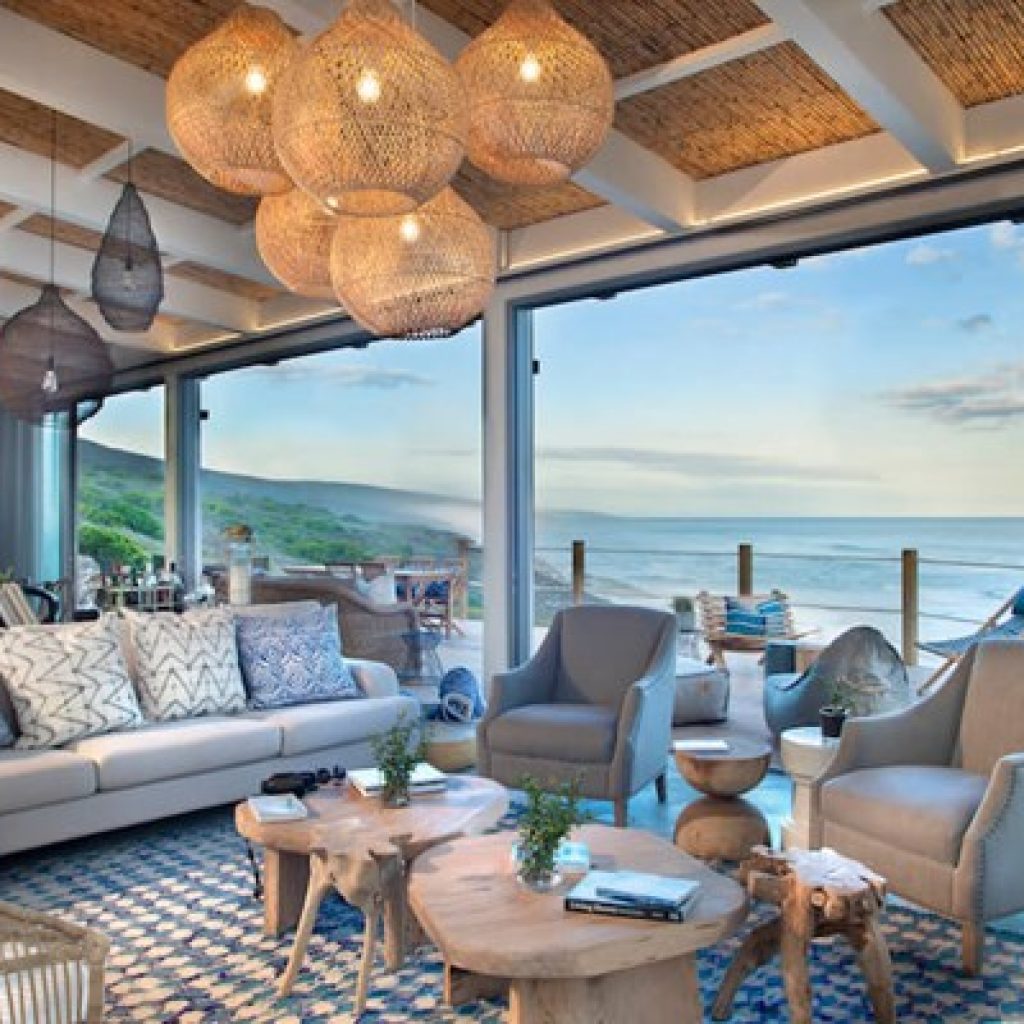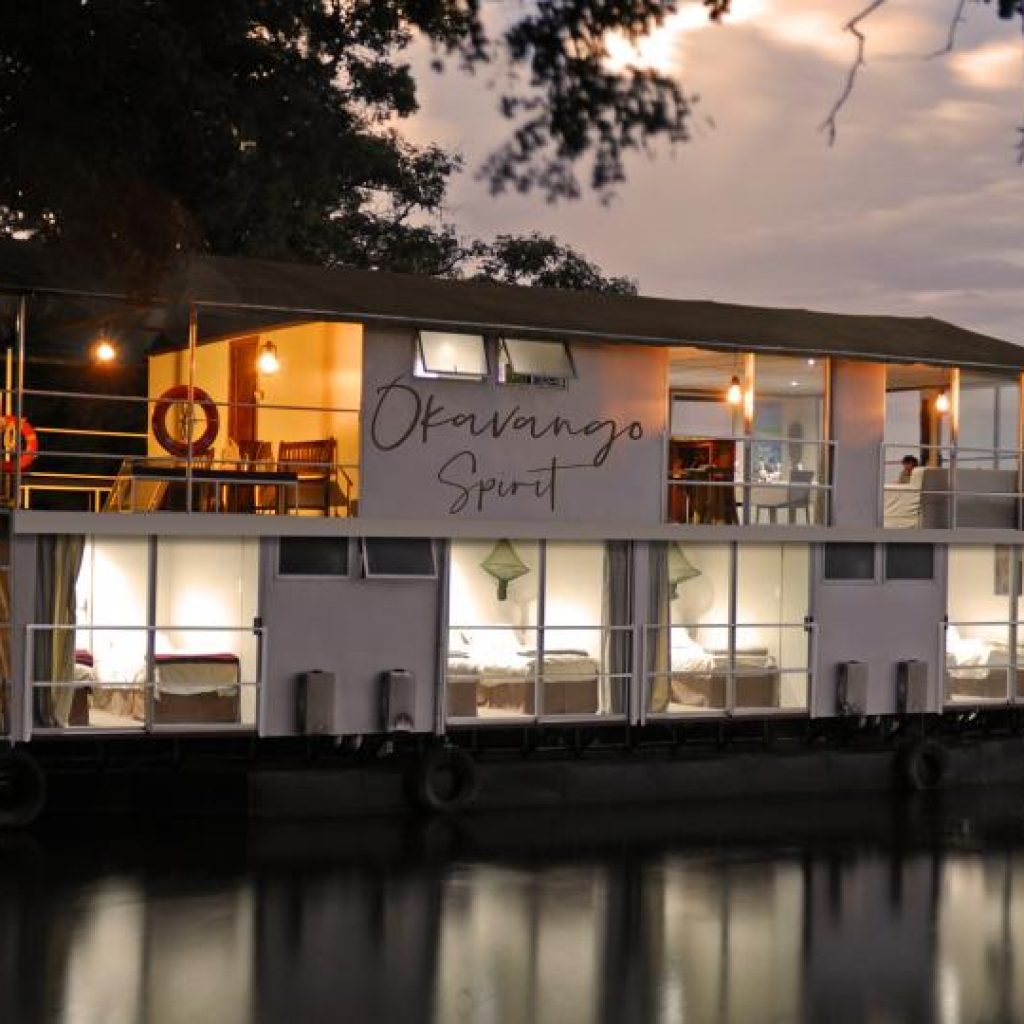
After hosting its recent megafam experience for 65 members of the travel trade and press from around the world, it’s clear that the Seychelles islands have the potential to attract a significant number of tourists in 2024 – and this is supported by the numbers.
In 2019, 384 204 arrivals to the island destination were documented by the Seychelles’ National Bureau of Statistics, with year-on-year growth of travellers at an average of 6.15% for 2017-18 and 2018-19. 2020 was its lowest during the pandemic, with 114 858 people landing within and transiting through Seychellois borders, but it showed a strong rebound over the next few years, with a 59% increase in the 2020-21 period and an 81% increase in 2021-22.
As of the end of November, arrivals were at 317 915 – and this is at the beginning of the archipelago nation’s peak tourist season.
Creole culture
With strong influences from Africa, Europe and India, the Seychellois’ Creole culture is one that its locals are exceptionally proud of, with several festivals throughout the year to celebrate its heritage, most notably the Creole Festival, which happens every year during the last week of October.
“In the Seychelles, we are more than just the sand, sea, and sun. What makes us unique and sets us aside from all other beach destinations is our culture – our gastronomy and all the various experiences,” says Sherin Francis, Principal Secretary for Tourism Seychelles.
Conservation efforts for the Seychelles’ unique plant and animal species, many of which are endemic only to the islands, are ongoing and supported by many locals. The coco de mer, as one example, is the world’s largest seed, and there are only around 8 000 known trees on the islands of Praslin and Curieuse. Without the correct certification and documentation, it cannot be removed, bought, processed, or traded.
Protecting its most valuable assets
The Seychelles islands are becoming increasingly susceptible to the effects of climate change, and most recently, heavy rains in early December resulted in floods and landslides across various parts of Mahé. The inundation resulted in a State of Emergency being declared, culminating with a blast at an explosives factory.
Managing the impact of climate shifts and extremes is high on the agenda for the Seychelles, which is classified as a small island developing state (SIDS).
As noted by President Wavel Ramkalawan in his keynote address at The Era of Climate Change: The Urgency of Addressing Rising Seas plenary during the World Government Summit held in Dubai in February: “Climate change is the current reality and a nightmare for SIDS like Seychelles with the majority of our people living on land that is less than five metres above sea level or along coasts; the threat of sea rise, storm surges and coastal destruction pose existential risks to us.”
Close to 80% of the Seychelles, including essential infrastructure such as Seychelles International Airport, its seaport and many of its roads, have been built close to sea level, leaving much of its population vulnerable. Sea walls and rock armouring have been constructed to counter the effects of rising sea levels. Alongside this, a setback policy has been created to ensure development beyond 25 metres of the ocean’s vegetation line.
“Seychelles, like other SIDS, is building a vision for a climate resilient future that puts adaptation and loss and damage at the centre of its decision making while taking immediate actions now to protect the people, the economy and the environment,” said Ramkalawan.
Despite these challenges, the Seychelles is still clearly a sought-after destination that has positioned itself on the global travel map, winning several accolades over the years. This not only demonstrates the strides currently being made in the recovery of its tourism industry post-pandemic but underscores some of the reasons why the islands will continue to hold such allure for travellers and the major hotel and resort groups that accommodate them in 2024.






About The Author: David DiGregorio
More posts by David DiGregorio